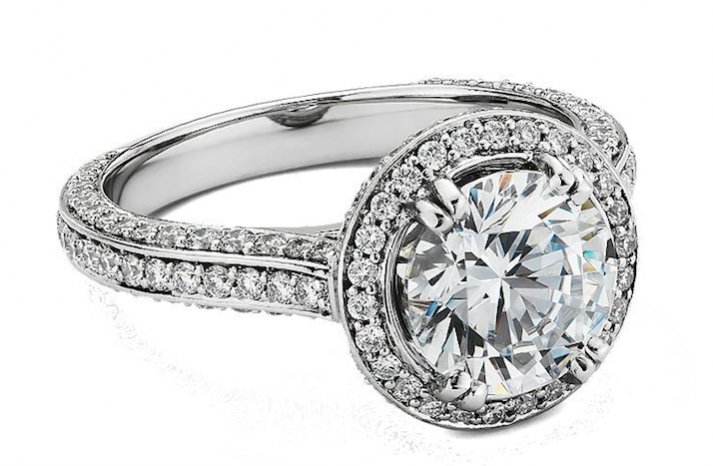Engagement rings UK have a rich history that reflects the cultural and social evolution of Britain, particularly during the 1700s. This era marked significant shifts in societal norms, with engagement rings transforming from simple tokens of love into intricate symbols of wealth and status. The 1700s were a time of great change in British society, influenced by both the Enlightenment and the burgeoning Industrial Revolution, which would ultimately reshape the significance and craftsmanship of engagement rings.
During the early part of the 18th century, engagement rings were often modest, featuring simple designs with one or two gemstones. These rings typically represented the affections of a suitor rather than showcasing wealth. Common materials included gold and silver, often adorned with garnets or other semi-precious stones. However, as the century progressed, the growing affluence of the middle and upper classes led to a demand for more elaborate pieces. The rise of gemstone mining, particularly diamonds from India, introduced these precious stones into the realm of engagement rings, elevating their status significantly.
The late 1700s saw the emergence of the Georgian style, characterized by ornate designs and intricate detailing. Rings from this period often featured elaborate settings, with multiple stones arranged in patterns that told a story or represented specific meanings. Popular motifs included hearts, flowers, and even intertwined initials, signifying the deep emotional connections between couples. These rings became heirlooms, passed down through generations, symbolizing not only love but also familial legacy and heritage.
One notable development in the 1700s was the introduction of the “gimmal” ring, a type of ring that consists of two or more interlocking bands. This style was often used in betrothal ceremonies, allowing the couple to wear their engagement ring in a manner that symbolized unity. The gimmal ring was often crafted from precious metals and adorned with gemstones, making it a highly coveted item. Such rings highlighted the increasing significance of engagement as a public declaration of intent to marry, marking a shift from private courtship to public acknowledgment.
The influence of the aristocracy during this time cannot be understated. Royal families set trends that the general populace followed. Queen Charlotte, wife of King George III, was known for her exquisite collection of jewelry, which included stunning engagement rings. The designs and styles favored by the royal family trickled down to society at large, making certain styles emblematic of social standing.
As the century drew to a close, the Industrial Revolution began to change not only the way rings were made but also who could afford them. Advances in technology led to more precise cutting and setting of stones, allowing for more intricate designs to become available to a broader audience. This democratization of jewelry-making meant that engagement rings were no longer exclusive to the wealthy; they became accessible to the emerging middle class, further embedding them into the fabric of British society.
Today, engagement rings UK continue to carry the weight of history, serving as reminders of love, commitment, and heritage. The designs of the 1700s still inspire contemporary jewelers, who often look back to this period for inspiration. Whether they are modern interpretations of vintage styles or faithful recreations, the engagement rings of the 1700s laid the foundation for the symbols of love we cherish today.
From heirloom pieces passed down through generations to modern adaptations, the story of engagement rings in Britain is one of evolving significance, craftsmanship, and the enduring power of love.


